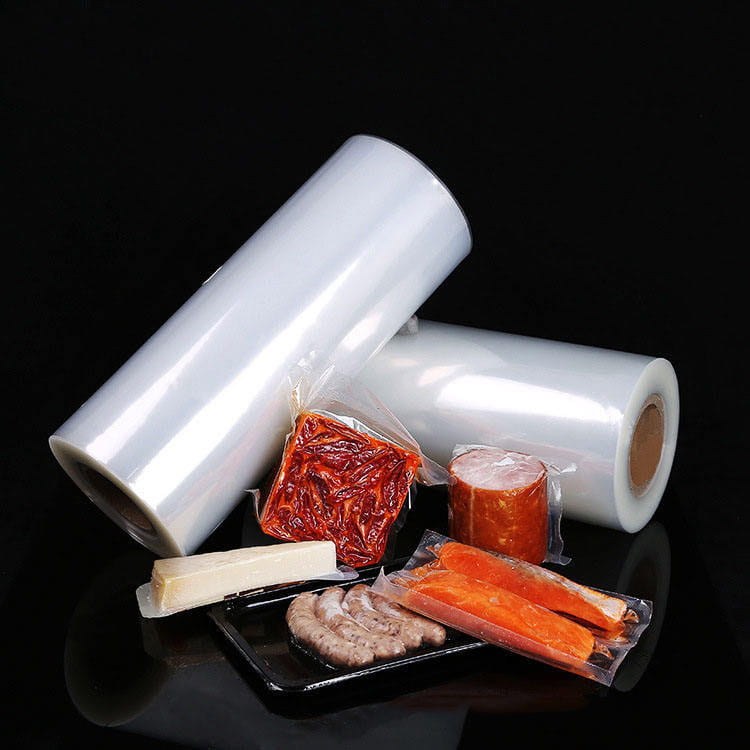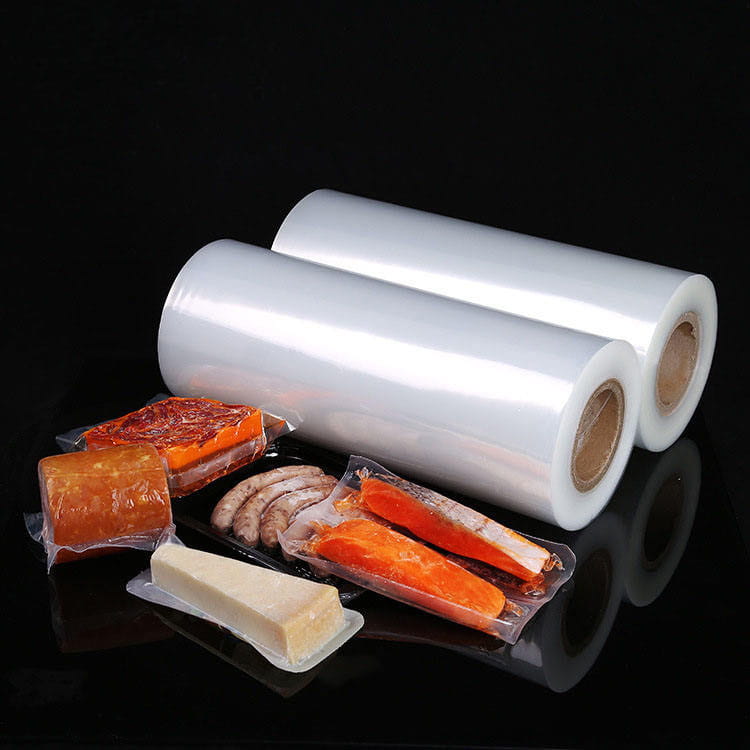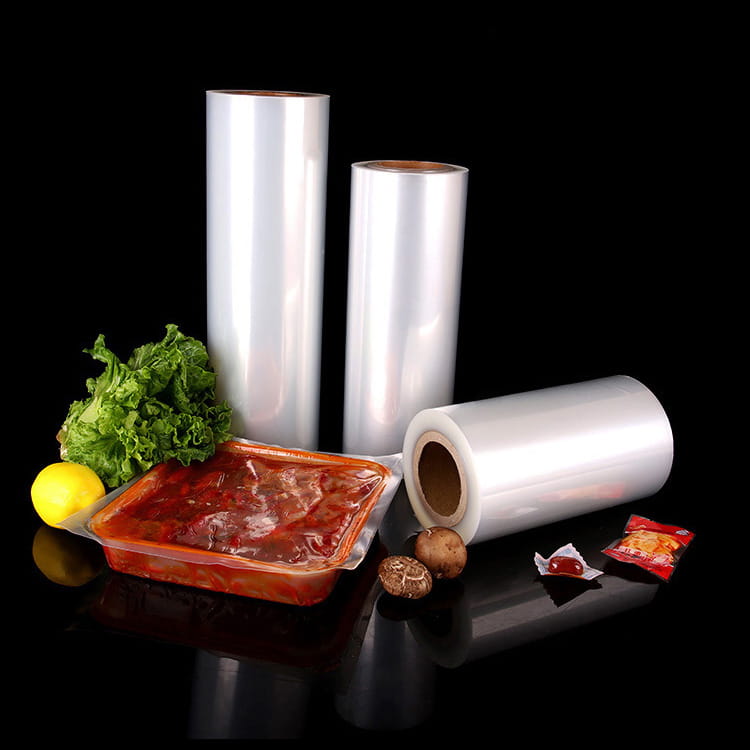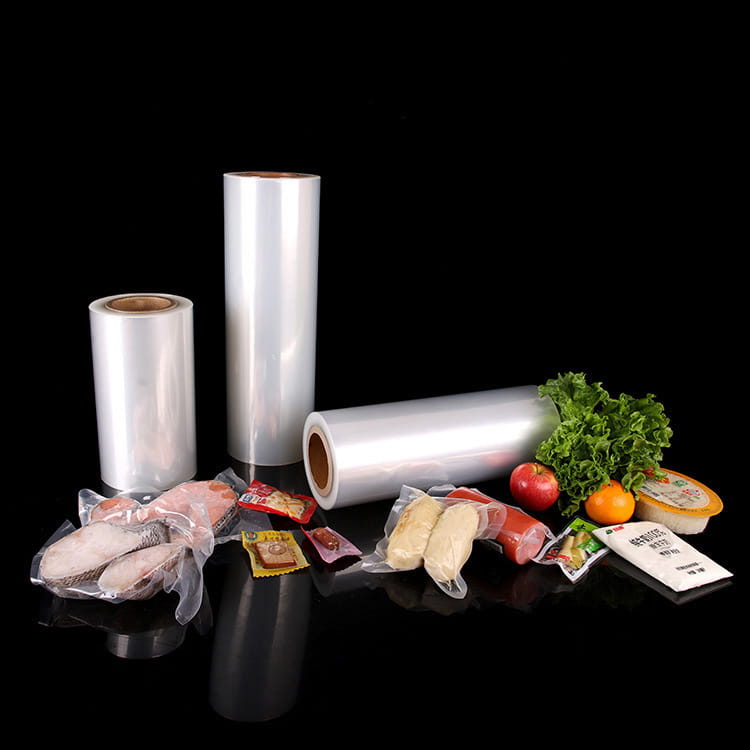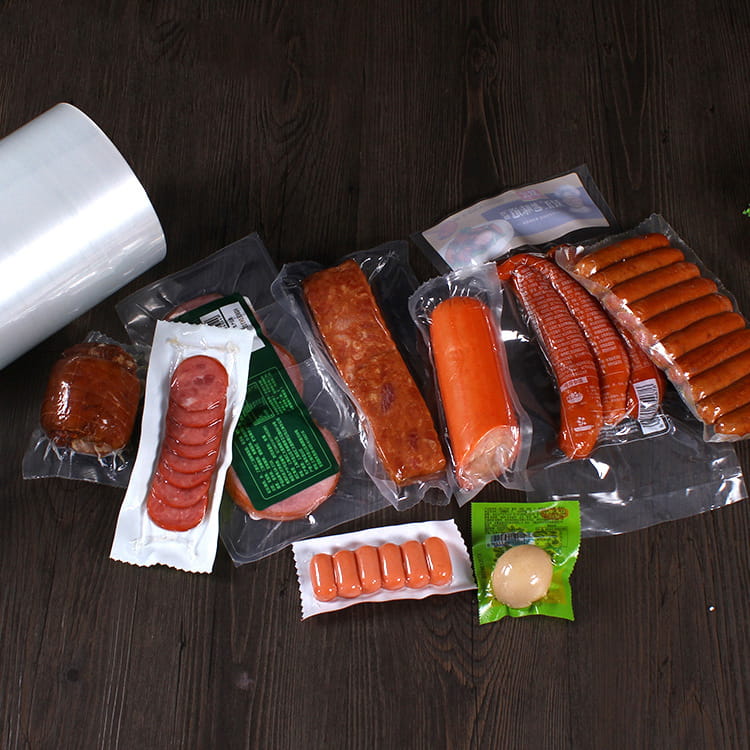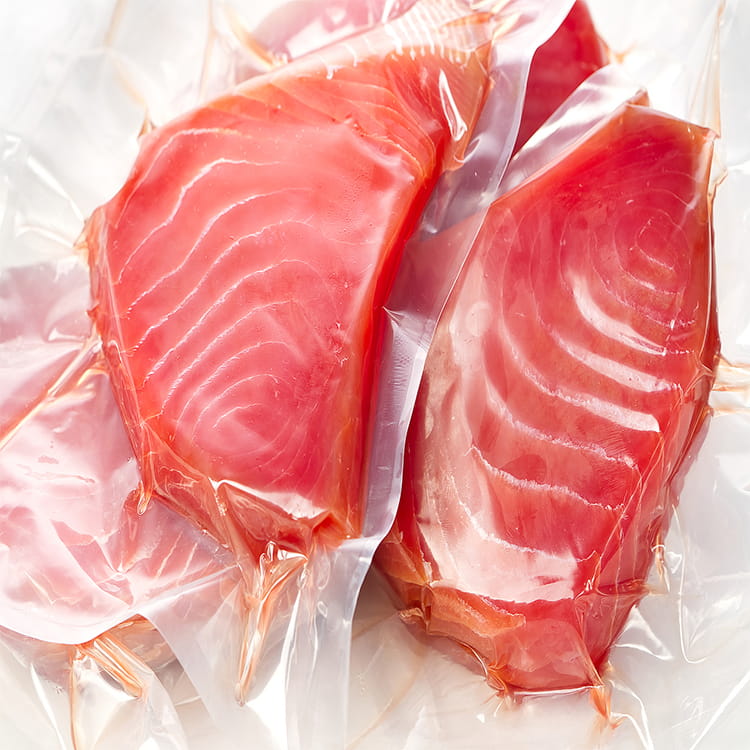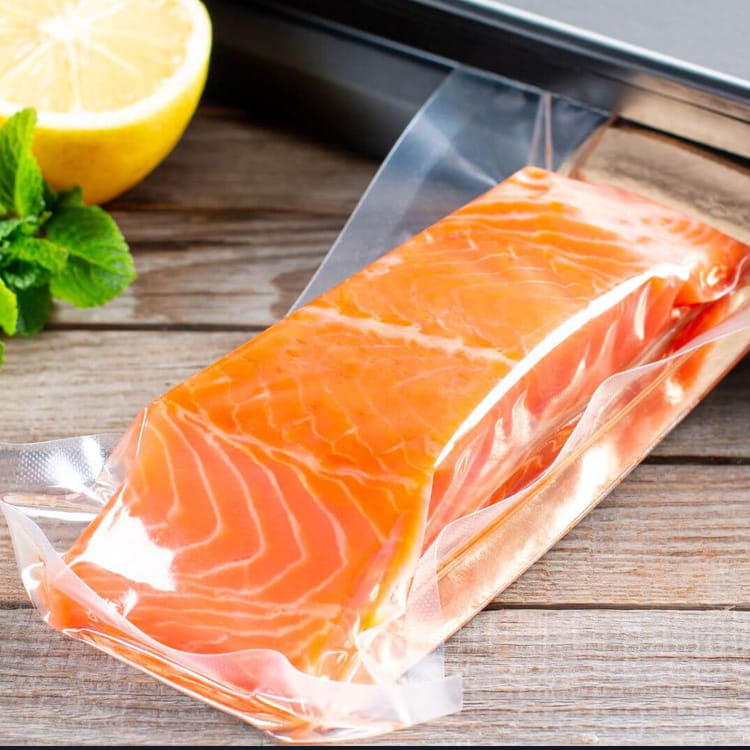The vacuum food packaging bag is a critical component in the modern food supply chain, serving as the primary barrier between perishable products and the external environment. For wholesalers, distributors, and food producers, selecting the right packaging is a decision that directly impacts product shelf life, safety, presentation, and ultimately, the bottom line. Among the most crucial yet frequently misunderstood specifications is the thickness of the bag.
Understanding the Units of Measurement: Mil and Micron
Before delving into performance impacts, it is essential to understand the units used to measure the thickness of plastic films. In the packaging industry, two primary units are used: mil and micron. A thorough grasp of these terms is fundamental for making informed purchasing decisions and communicating effectively with manufacturers.
A mil is a unit of length equal to one-thousandth of an inch (0.001 inch). It is a common measurement used primarily in the United States and for certain applications globally. A micron, alternatively, (short for micrometer) is a metric unit of length equal to one-millionth of a meter (0.000001 meter or 0.001 millimeter). It is the standard unit of measurement in most parts of the world and within scientific contexts.
The relationship between these two units is straightforward and crucial for comparison: 1 mil = 25.4 microns. Therefore, a vacuum food packaging bag advertised as 2 mils thick is approximately 50.8 microns thick. Conversely, a 100-micron bag is roughly equivalent to just under 4 mils. Understanding this conversion allows buyers to accurately compare products from different international suppliers who may use different measurement systems. When evaluating specifications, consistency in unit measurement is key to ensuring an accurate assessment of a bag’s physical properties.
The Direct Correlation Between Thickness and Barrier Performance
The thickness of a vacuum food packaging bag is directly and intrinsically linked to its barrier performance. This performance is primarily defined by the bag’s ability to prevent the transmission of gases (most importantly oxygen), moisture, and aromas. A thicker bag generally provides a superior barrier, but the relationship is not always linear and is influenced by the material composition itself.
Oxygen is the primary enemy of most vacuum-packed foods. It facilitates the growth of aerobic bacteria and molds and is the chief catalyst for oxidation, which causes fats and oils to become rancid and leads to the discoloration of meats. The oxygen barrier is a function of both the material’s inherent properties (e.g., using high-barrier materials like EVOH) and its thickness. A thicker gauge of the same material will present a longer, more difficult path for oxygen molecules to traverse, significantly slowing the rate of transmission. This directly translates to an extended product shelf life, allowing for longer distribution times, reduced spoilage, and greater flexibility for retailers.
Similarly, moisture vapor transmission is critically impacted by thickness. Moisture loss (desiccation) causes products like fresh meats, fish, and cheeses to lose weight, affecting quality, appearance, and saleable mass. A thicker vacuum food packaging bag provides a more robust barrier against moisture egress, protecting the product’s weight and juiciness. It also protects against external humidity, which could compromise the product’s texture or promote microbial growth in certain environments. For buyers, specifying the appropriate thickness is a direct measure to control shrinkage and maintain product yield.
Thickness as the Primary Determinant of Mechanical Strength and Durability
Beyond its barrier function, the physical thickness of the bag is the foremost factor determining its mechanical integrity. This encompasses a range of properties vital for surviving the rigors of processing, distribution, and handling.
Puncture resistance is perhaps the most obvious mechanical property affected by thickness. Products with sharp edges, such as bones in meat cuts (e.g., ribs, poultry), hard cheese rinds, frozen foods, or dried products with sharp protrusions, exert extreme point pressure on the packaging film. A thicker mil vacuum food packaging bag is far more capable of resisting these puncture forces, preventing package failure that would lead to oxygen ingress and total spoilage. This reduces waste and customer complaints significantly.
Tensile strength and tear resistance are also enhanced with increased thickness. During the vacuum packaging process, the bag is subjected to significant mechanical stress. In chamber vacuum machines, the bag is pulled from all sides, and a film that is too thin may stretch excessively or tear at the seals. External suction sealers also place stress on the material. Furthermore, throughout the supply chain, packaged products are stacked, palletized, and transported. A thicker, more robust bag is less likely to tear under its own weight or the weight of other packages, ensuring the product remains protected from freezer burn in cold storage and physical damage during transit. This durability is a critical factor in supply chain optimization, minimizing losses due to damaged goods.
The integrity of the seal itself is also influenced by film thickness. Thicker films require more heat and/or longer seal time to properly melt the inner sealant layer and form a hermetic bond. However, when correctly sealed, the resulting bond is exceptionally strong. A common failure point for thinner bags is seal rupture, where the seal peels apart under stress or due to product expansion during freezing. A adequately thick bag, matched with the correct sealer settings, produces a durable seal that is as strong as the film itself, a concept known as “tear-through” strength.
Application-Specific Thickness Recommendations
Selecting the correct thickness is not about choosing the thickest available option; it is about matching the bag’s properties to the specific product and process. The following table provides a general guideline for common applications.
| Application | Recommended Thickness | Primary Considerations |
|---|---|---|
| Light-Duty / Dry Products (e.g., nuts, grains, crackers, dried fruits, coffee) | 2.0 - 3.0 mil (50 - 75 microns) | Excellent oxygen and moisture barrier is needed, but mechanical stress is low. No sharp edges. |
| General Purpose / Moist Products (e.g., cheese blocks, deli meats, smoked fish, pre-cooked meals) | 3.0 - 4.0 mil (75 - 100 microns) | Requires a strong barrier against moisture and oxygen. Moderate mechanical strength to resist handling. |
| Heavy-Duty / Sharp Products (e.g., fresh meat with bones, frozen foods, poultry parts, hard cheeses) | 4.0 - 6.0 mil (100 - 150 microns) | Puncture resistance is the paramount concern. Thicker gauge is essential to prevent leaks. |
| Sous-Vide Cooking | 3.0 - 4.0 mil (75 - 100 microns) | Must withstand prolonged immersion in hot water (typically 60-85°C / 140-185°F) without delaminating or weakening. |
| Long-Term Frozen Storage | 4.0 - 5.0 mil (100 - 125 microns) | Must remain flexible and resistant to brittleness at low temperatures. High barrier to prevent freezer burn. |
It is important to view these recommendations as a starting point. The specific material composition—such as the use of nylon for puncture resistance or ethylene vinyl alcohol (EVOH) for its exceptional oxygen barrier—can allow for potential gauge optimization. A bag with a superior material structure might achieve the required performance at a slightly lower thickness compared to a bag made with a less advanced material blend.
Beyond Thickness: The Integral Role of Material Composition
While thickness is a paramount performance factor, it does not act alone. The material composition of the vacuum food packaging bag is equally critical. Thickness and material work in concert to define the final performance characteristics. Most high-quality vacuum bags are not made from a single layer of plastic but are rather multi-laminated films, where each layer serves a distinct purpose.
A common and effective structure is a three-layer laminate: Nylon/EVOH/Polyethylene. In this structure, the outer nylon layer provides exceptional puncture and abrasion resistance, the middle EVOH layer provides an ultra-high oxygen barrier, and the inner polyethylene layer offers excellent sealability and moisture barrier. The thickness of the overall film is the sum of these individual layers. Therefore, a bag’s ability to block oxygen is more greatly influenced by the presence and integrity of the EVOH layer than by the overall thickness alone. However, the thickness of the nylon layer will directly impact its puncture resistance, and the thickness of the polyethylene layer will affect the strength and reliability of the seal.
This underscores why a holistic view is necessary. A thinner bag constructed with superior, high-barrier materials may outperform a thicker bag made from a simpler, less effective material structure. Buyers should always seek to understand both the material composition and the overall thickness to make a fully informed decision.


 English
English عربى
عربى



